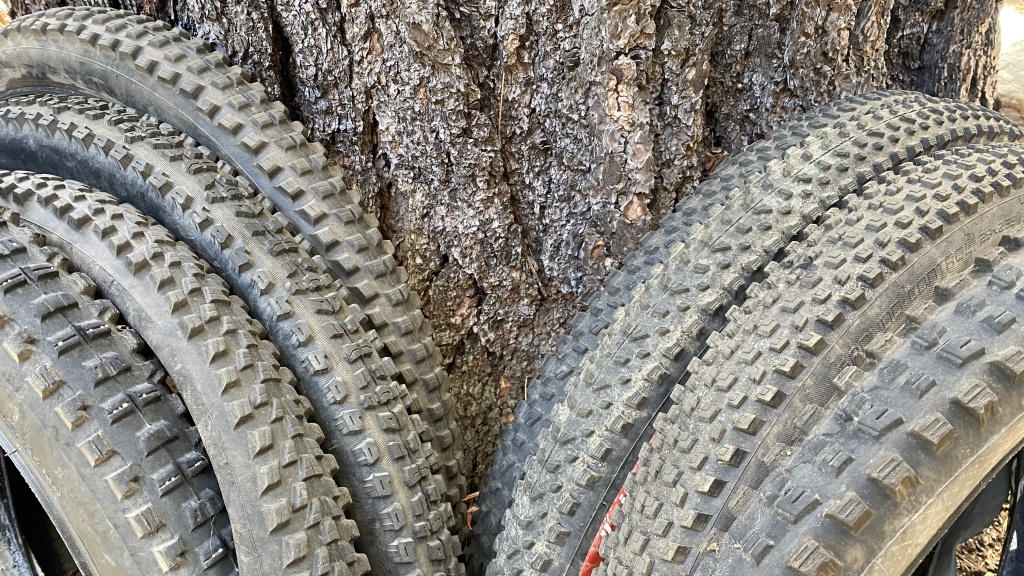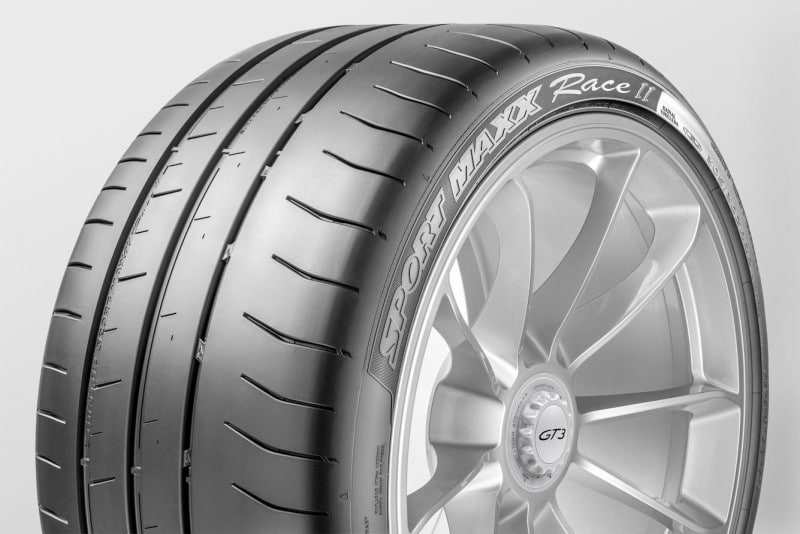All Categories
Featured
Table of Contents
The Michelin offered a comfortable driving experience, characterised by responsive guiding and a modern understeer balance. In spite of the cooler testing conditions, Michelin's consistent time and hold over 3 laps suggests its suitability for real-world applications. On the other hand, Yokohama's efficiency was unique. While its super-quick guiding resulted in a fast front axle turn, the back revealed a tendency to turn a lot more.
Another significant element was Yokohama's warm-up time. The tyre's initial lap was a second slower than the 2nd, pointing to a temperature-related grip boost. This suggests the Yokohama could radiate in completely dry, race-like conditions. For daily use, the Michelin could be a more secure wager. Next in line was the Hankook.
Affordable Vehicle Alignment Near Me (Bayswater WA)
It shared Michelin's secure understeer balance however did not have the latter's readiness to transform. Continental and Goodyear's efficiencies were noteworthy, with Continental's brand-new PremiumContact 7 showing a substantial enhancement in damp problems contrasted to its predecessor, the PC6. This design was much much less delicate to fill modifications and behaved just like the Michelin, albeit with a little less communication at the limitation.
It incorporated the secure understeer equilibrium of the Michelin and Continental with some sporty handling, showing both foreseeable and fast. As an all-rounder for this Golf GTI, Goodyear's Asymmetric array was the standout, demonstrating excellent performance in the damp. Finally, the Bridgestone Potenza Sport took the crown as the fastest tyre, albeit by a tiny margin.
Vehicle drivers seeking an interesting wet drive may find this tyre worth thinking about. The standout performer in damp braking was the latest tyre on test, the PremiumContact 7, though the results are nuanced.
Honest Cheap Car Tyres Near Me – Bayswater
Preferably, we wanted the cold temperature examination to be at around 5-7C, but logistical hold-ups suggested we evaluated with an average air temperature level of 8C and water at 12C. While this was cooler than standard examination problems, it was still warmer than real-world problems. The warm temperature level examination was done at approximately 18C air and 19C water.
The third run included damp stopping examinations on used tires, especially those machined down to 2mm with a tiny altercation. While we meant to do more with these used tires, weather condition constraints restricted our testing. Nonetheless, it deserves noting that wet braking is most critical at the used state, as tyres usually boost in completely dry conditions as they use.

Nevertheless, it shared the most substantial efficiency drop, together with the Yokohama, when worn. Bridgestone, Goodyear, and Michelin saw the least performance reduction when put on. Bridgestone and Goodyear's efficiency dipped in cooler conditions. The Hankook tire signed up the tiniest efficiency decrease as temperatures cooled, however it was amongst one of the most affected when used.
Leading Wheel Balancing
The take-home message here is that no solitary tyre excelled in all facets of wet stopping, indicating a complex interplay of elements affecting tyre efficiency under different conditions. There was a standout tyre in aquaplaning, the Continental finished top in both straight and rounded aquaplaning, with the Michelin and Goodyear likewise great in much deeper water.

Yokohama can take advantage of slightly even more grasp, a problem potentially affected by the cooler problems. As for handling, all tyres carried out within a 2% variety on the lap, demonstrating their premium performance (Tyre inspections). Considering these tires basically target the same customer, it's interesting to observe the substantial distinctions in feeling.
The shock is since the PremiumContact 6 was just one of my favourites for flashy dry drives, however its successor, the PremiumContact 7, seems extra mature and resembles Michelin's efficiency. Amongst these, Hankook was the least specific in steering and interaction at the restriction. High-performance tyres. Both Michelin and Continental supplied beautiful initial guiding, albeit not the fastest
If I were to recommend a tire for a fast lap to an amateur, state my papa, it would certainly be among these. We have the 'fun' tyres, specifically Yokohama and Bridgestone. Both were speedy to steer and really felt sportier than the others, however the trade-off is a more lively back side, making them a lot more difficult to take care of.
Honest Wheel Balancing Services
It supplied similar steering to Bridgestone however supplied much better feedback at the limit and much better hold. The Bridgestone Potenza Sporting activity, nevertheless, seemed to weaken rather rapidly after just three laps on this demanding circuit. There's Goodyear, which positioned itself somewhere between the fun tires and those tending in the direction of understeer.
In conclusion, these tires are superb performers. For road usage, I 'd lean in the direction of either the Michelin or Goodyear, depending upon your specific choices. In terms of tyre wear, the approach made use of in this examination is what the industry refers to as the 'gold standard' of wear. The wear professionals at Dekra performed this examination, which included a convoy of automobiles going across a meticulously intended route for 12,000 kilometres.
Both the Bridgestone and Yokohama tires substantially underperformed in comparison to the other four tires in terms of rolling resistance, with Continental slightly outmatching the remainder. Regarding the convenience degree of the tires, as anticipated, many showed an inverse correlation with handling. The Continental, Michelin, and Goodyear tyres done finest across different surface area kinds tested.

Bridgestone started to reveal indicators of suppleness, while Yokohama was particularly jarring over pits. We did measure interior noise degrees; however, as is often the instance, the outcomes were closely matched, and as a result of weather restrictions, we were not able to carry out a subjective analysis of the tyres noise. Finally, we took a look at abrasion figures, which measure the amount of tire walk shed per kilometre, normalised to a one-tonne vehicle.
Performance Tyres Near Me ( Bayswater)
This number represents the amount of rubber dust your tyres create while driving. Michelin led in this group, generating over 9% less rubber particulate matter. On the other hand, Hankook created 32% more. This is an element I believe the sector must focus on more in the future, and it's something Michelin is advocating.
Latest Posts
Affordable Tyre Rotation Services Near Me
Tyre Tuning
Affordable High-performance Tyres – Brabham